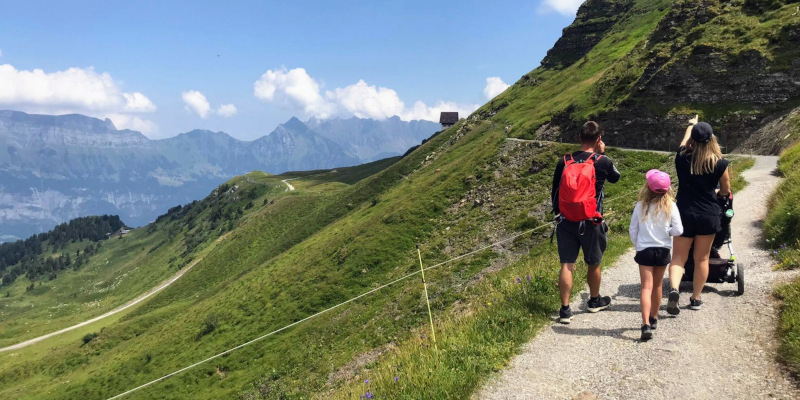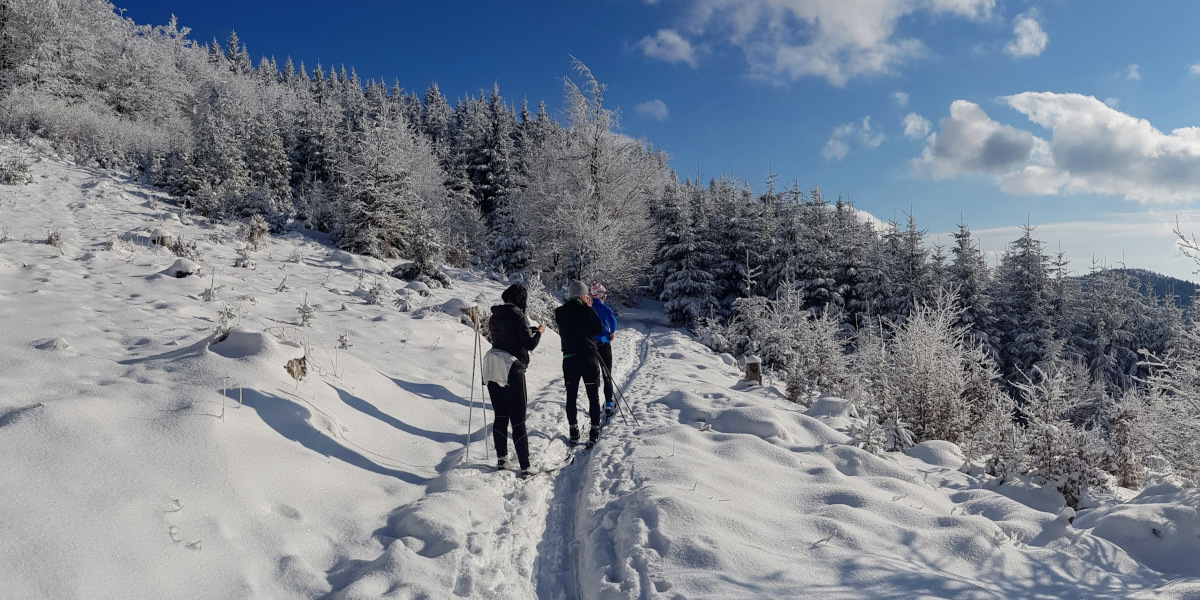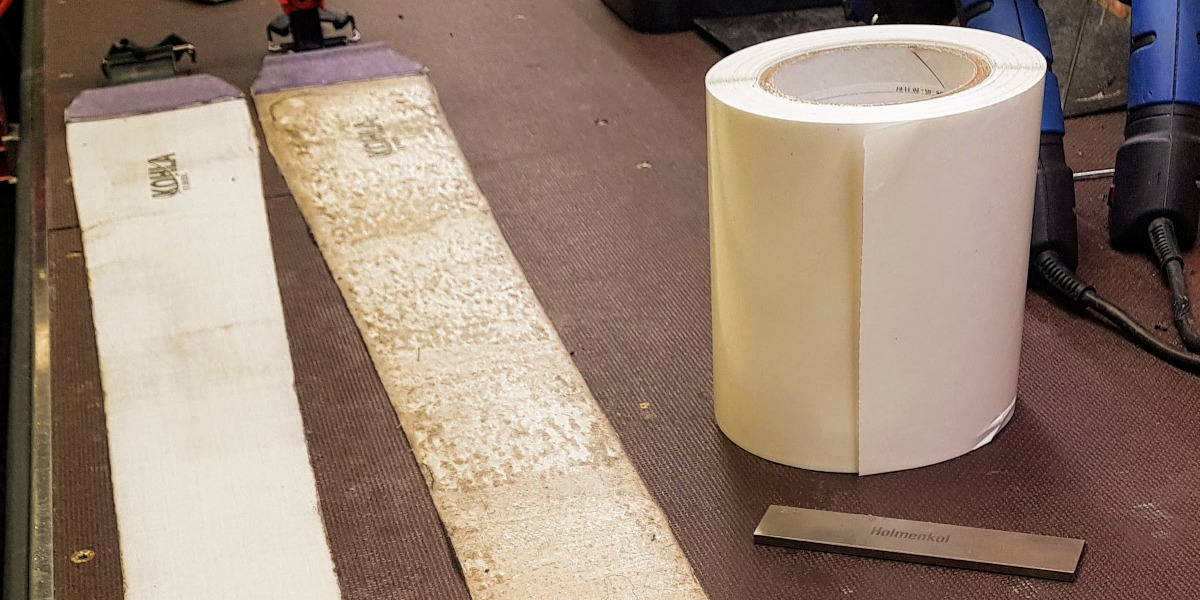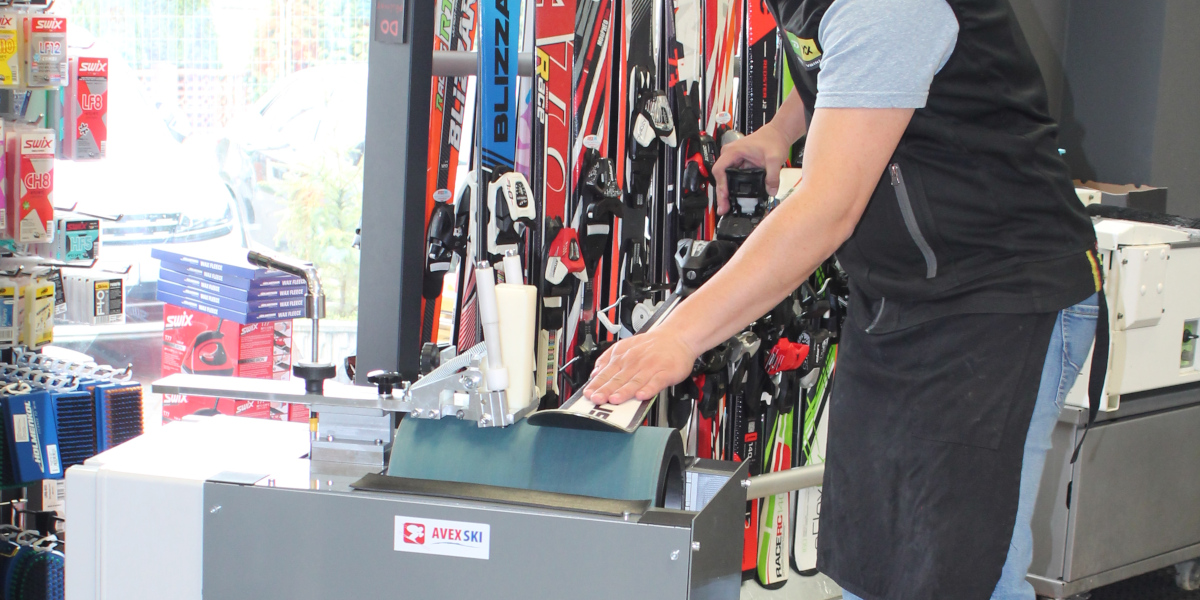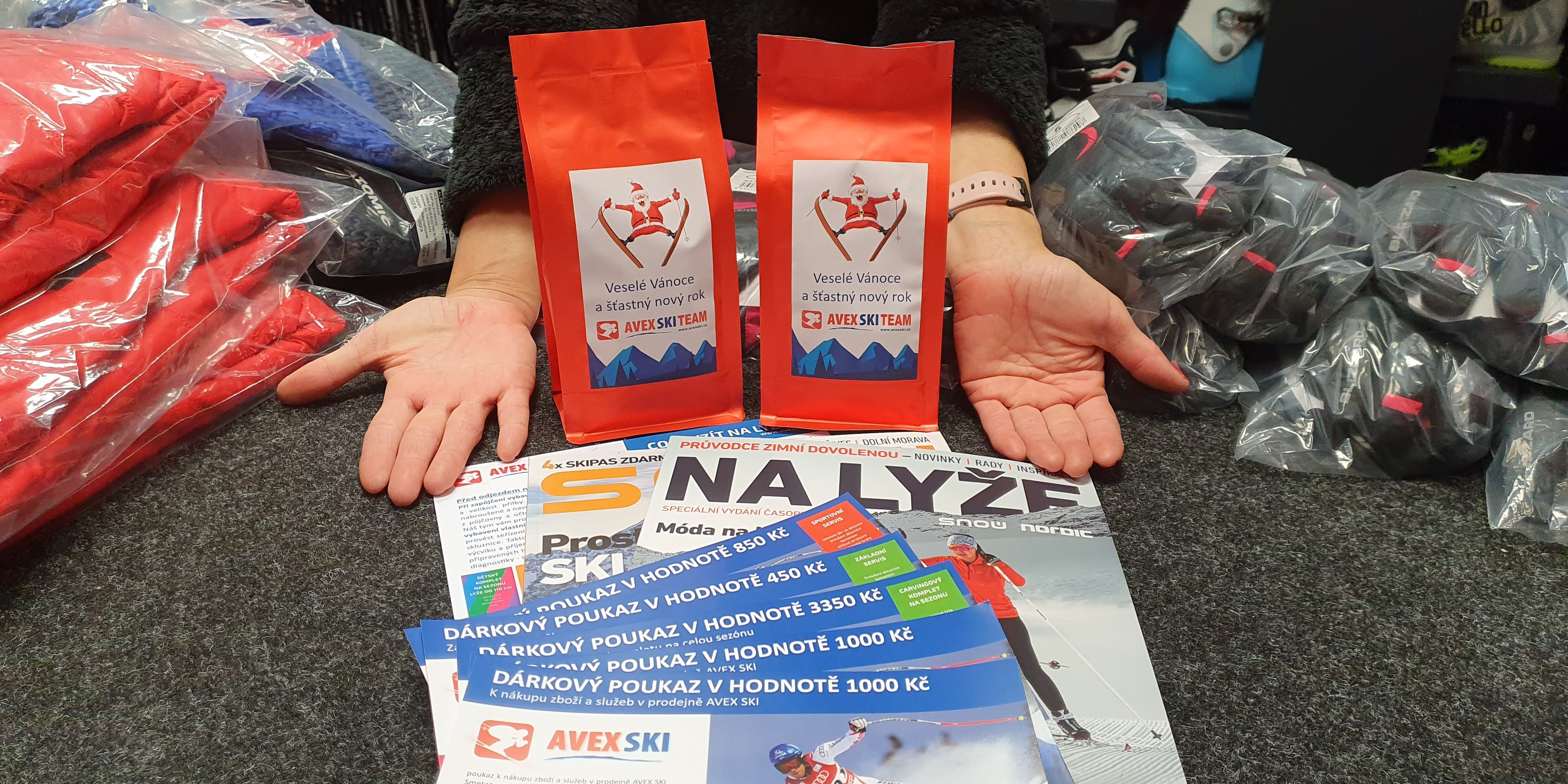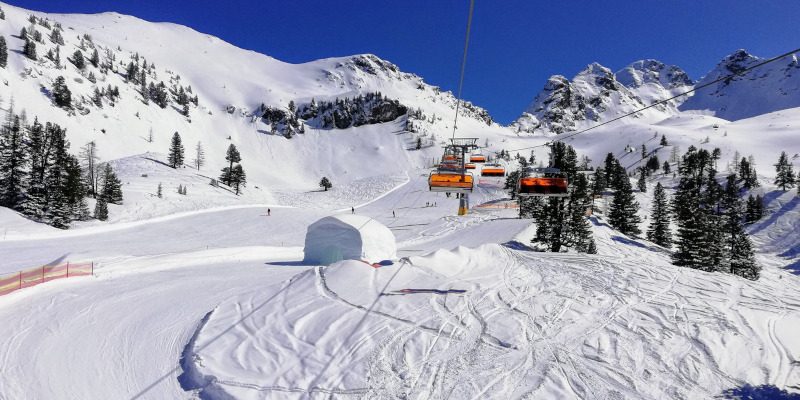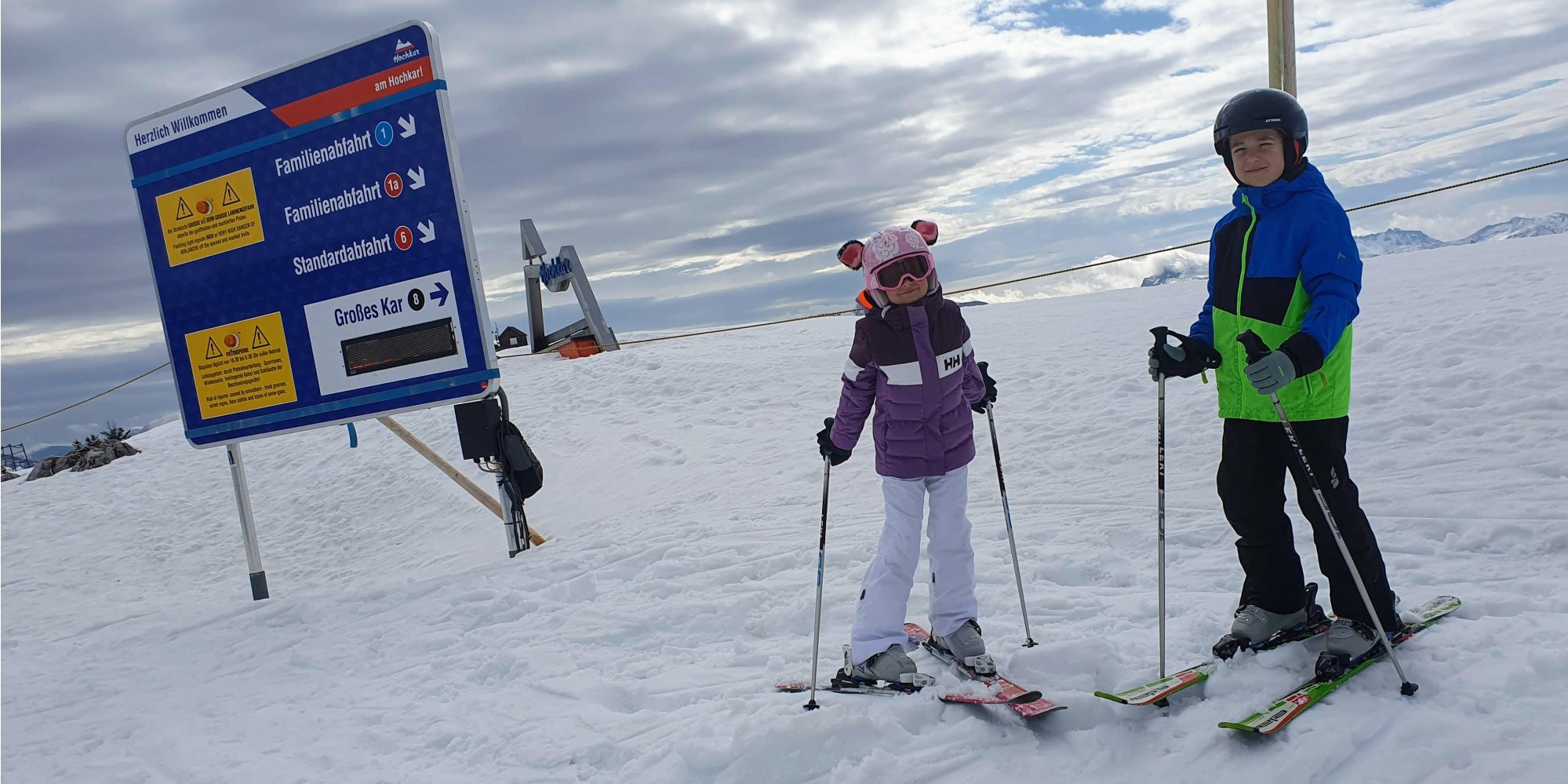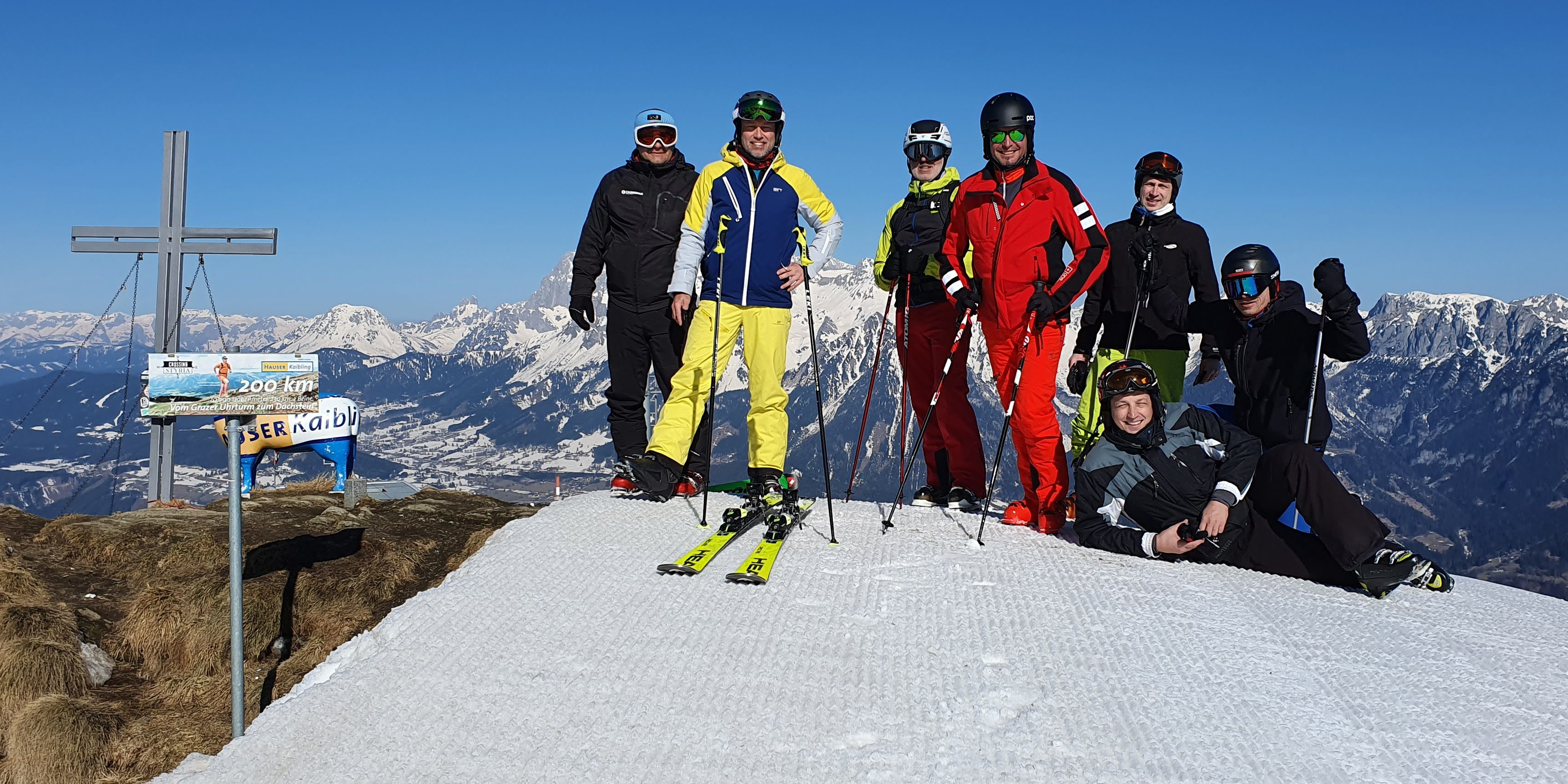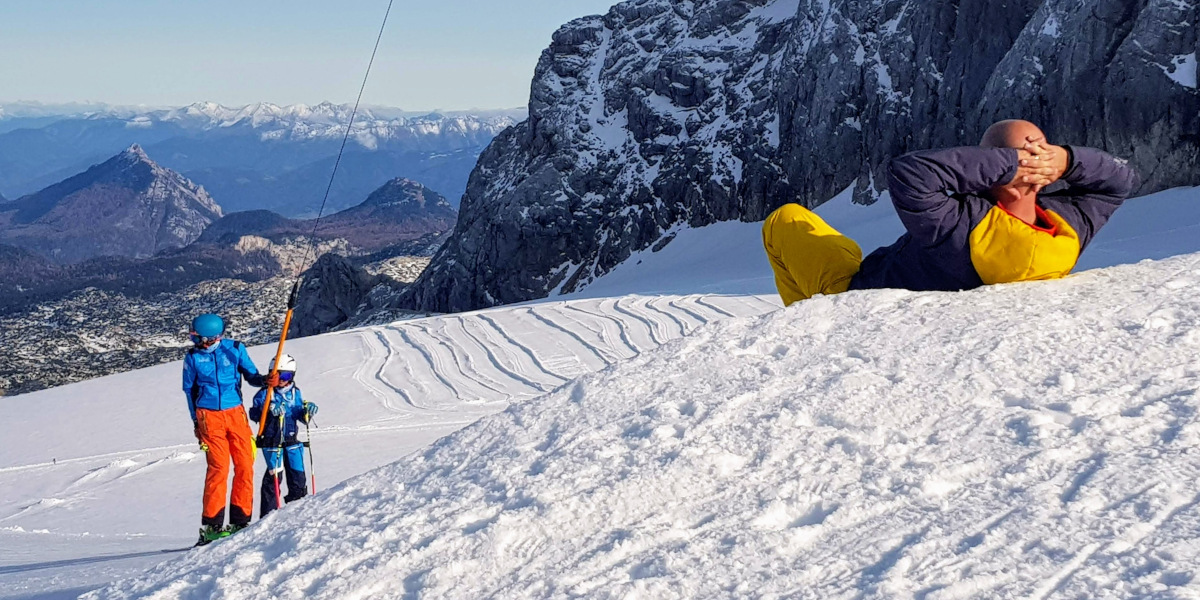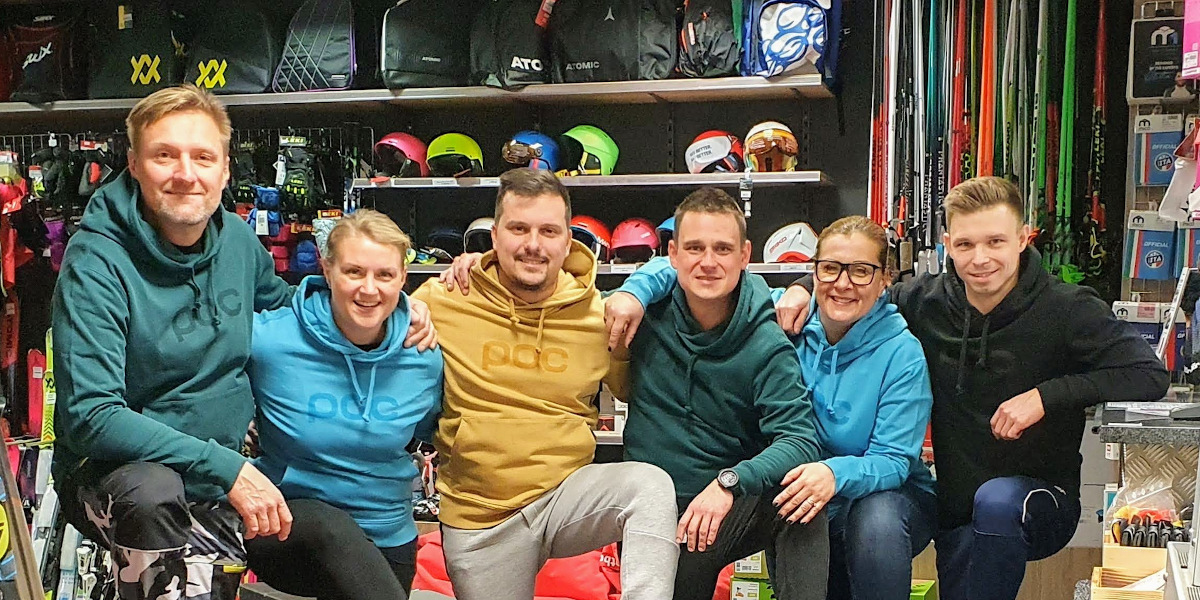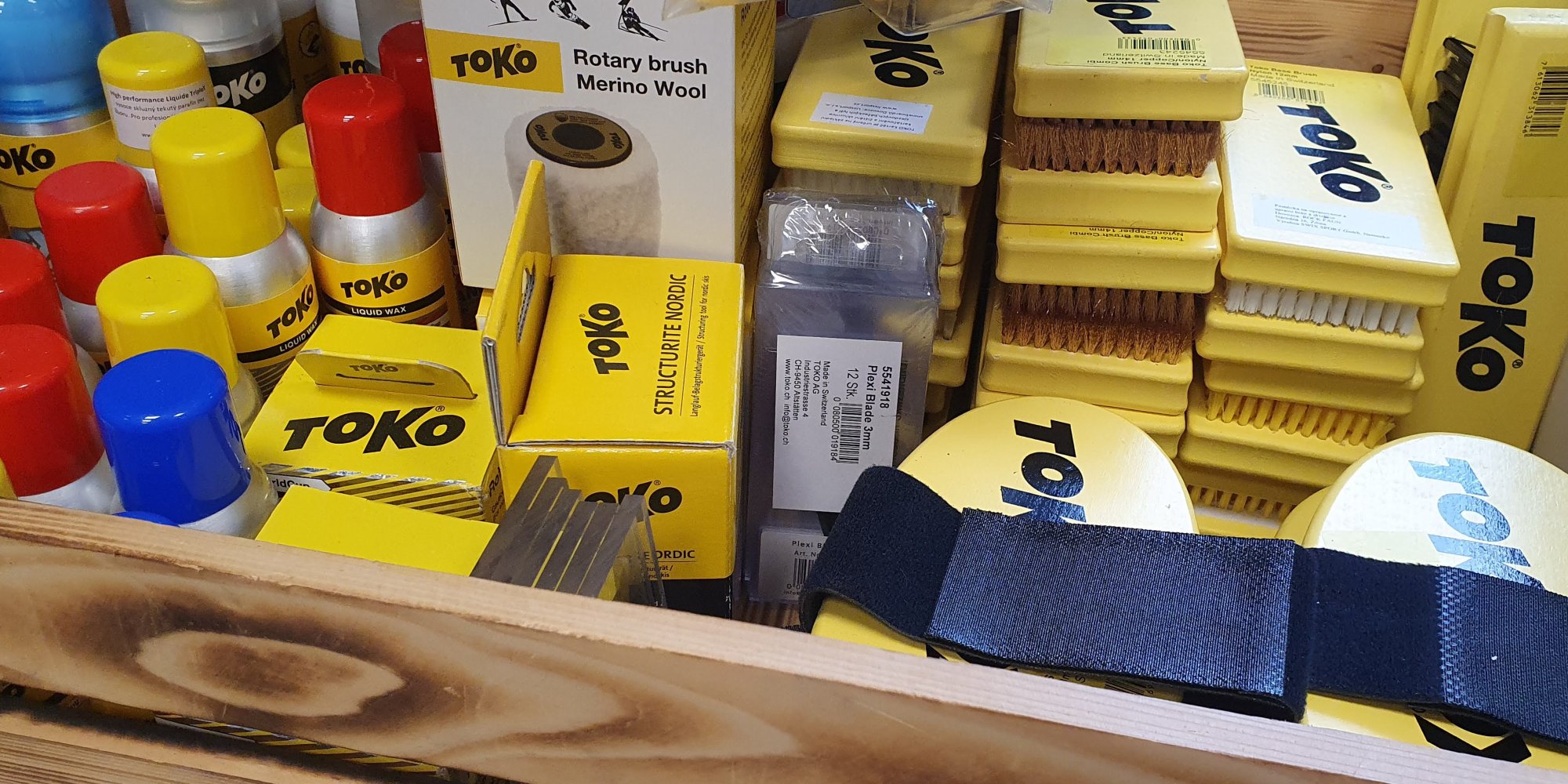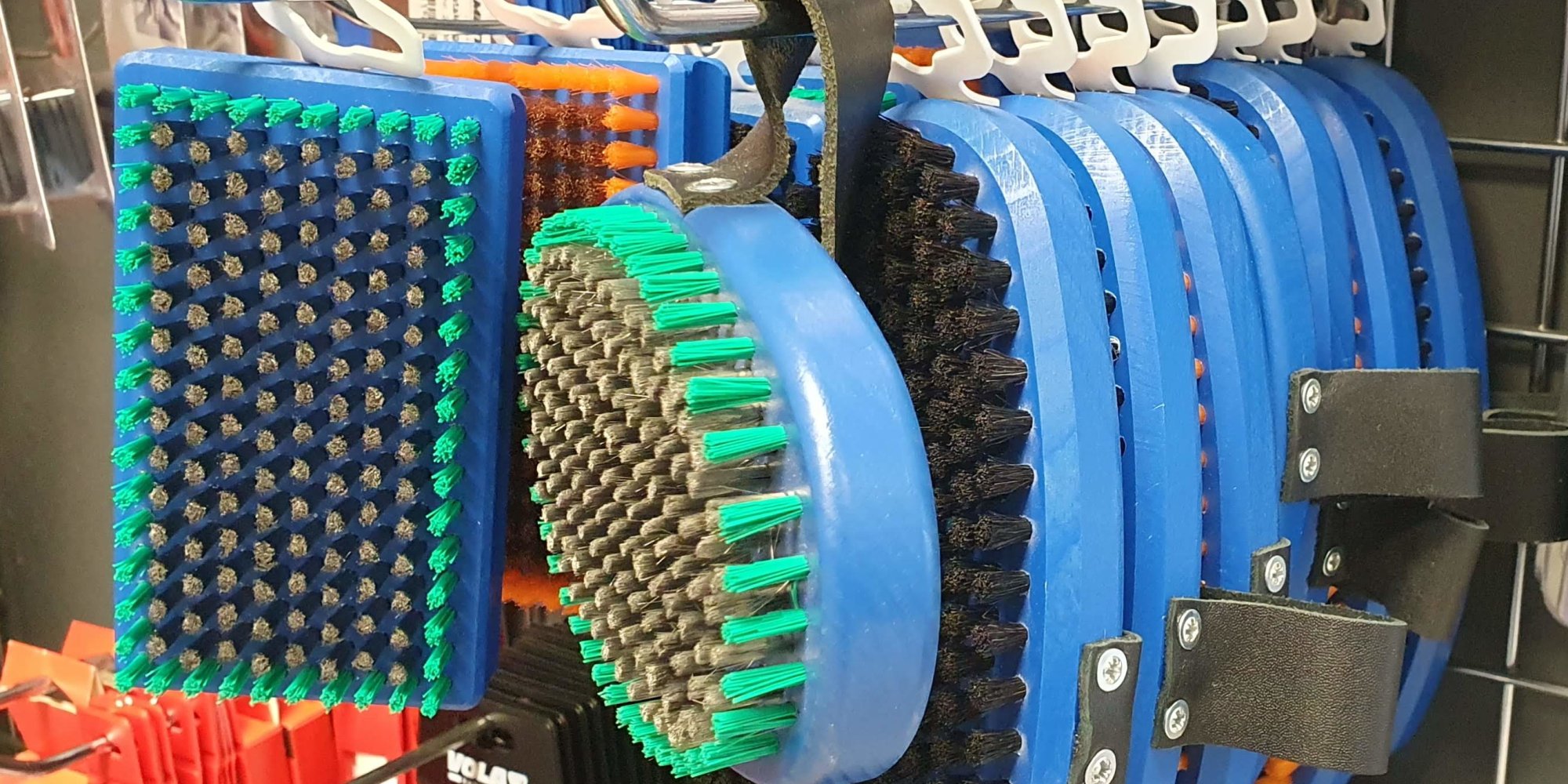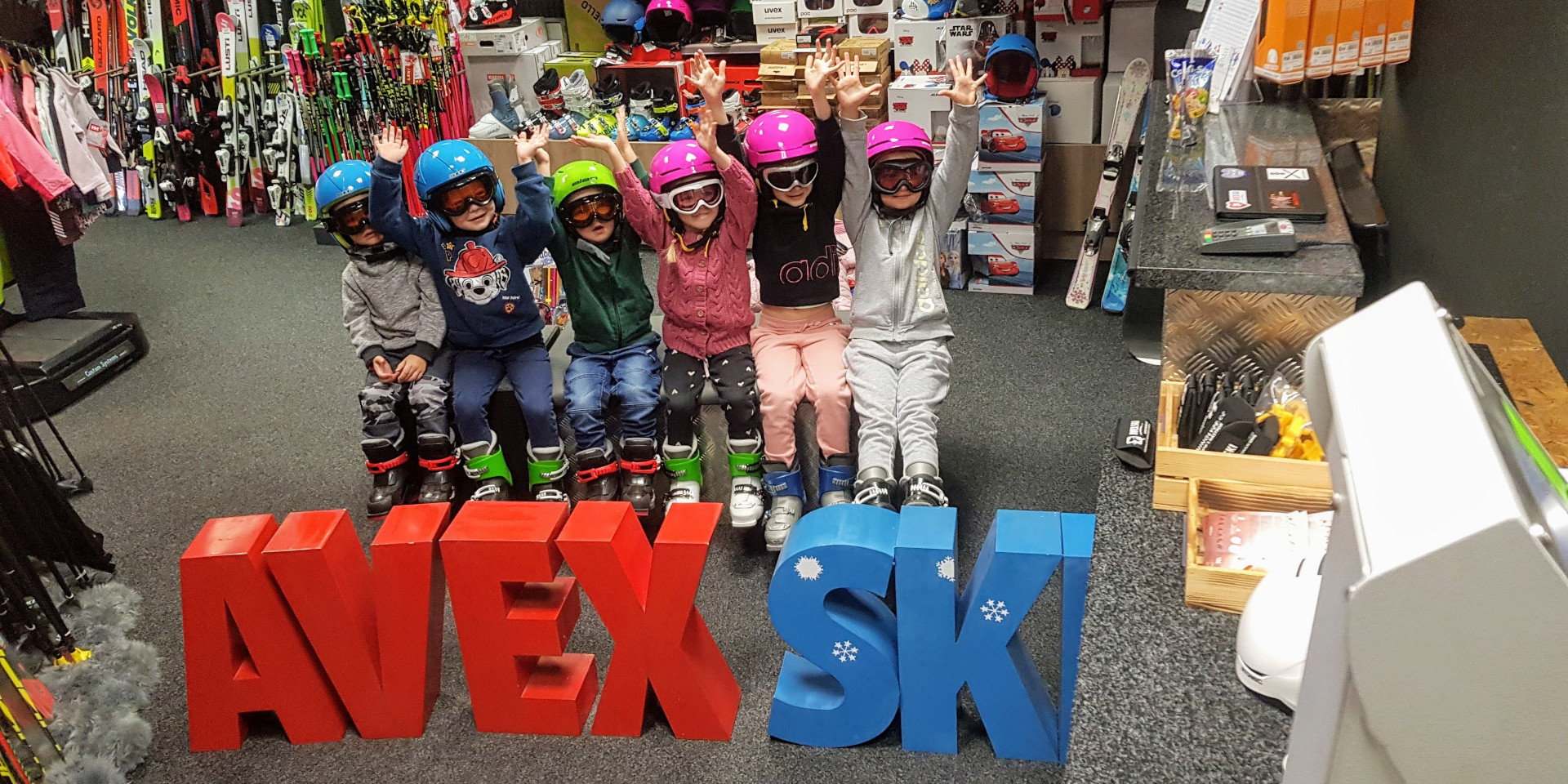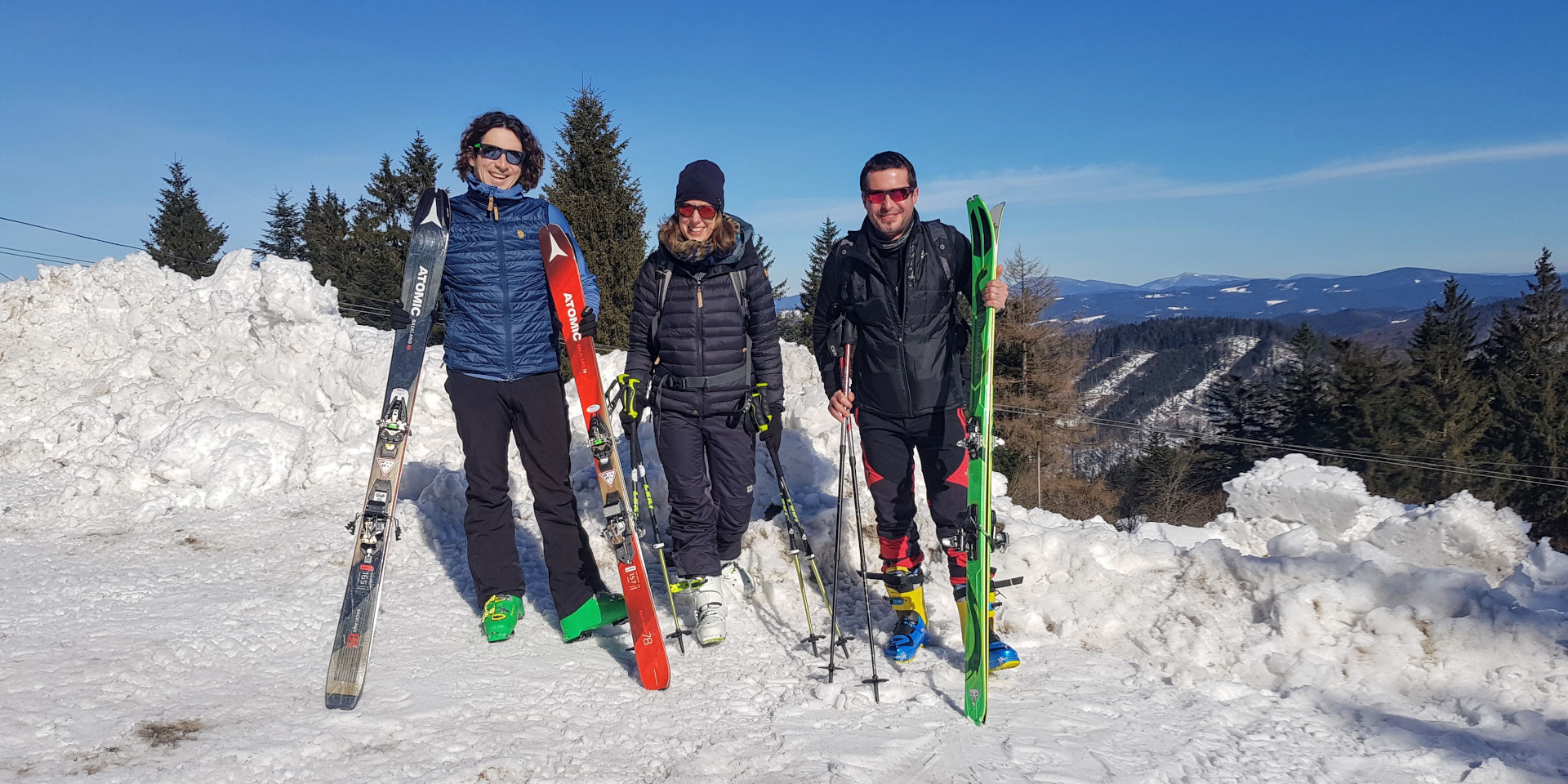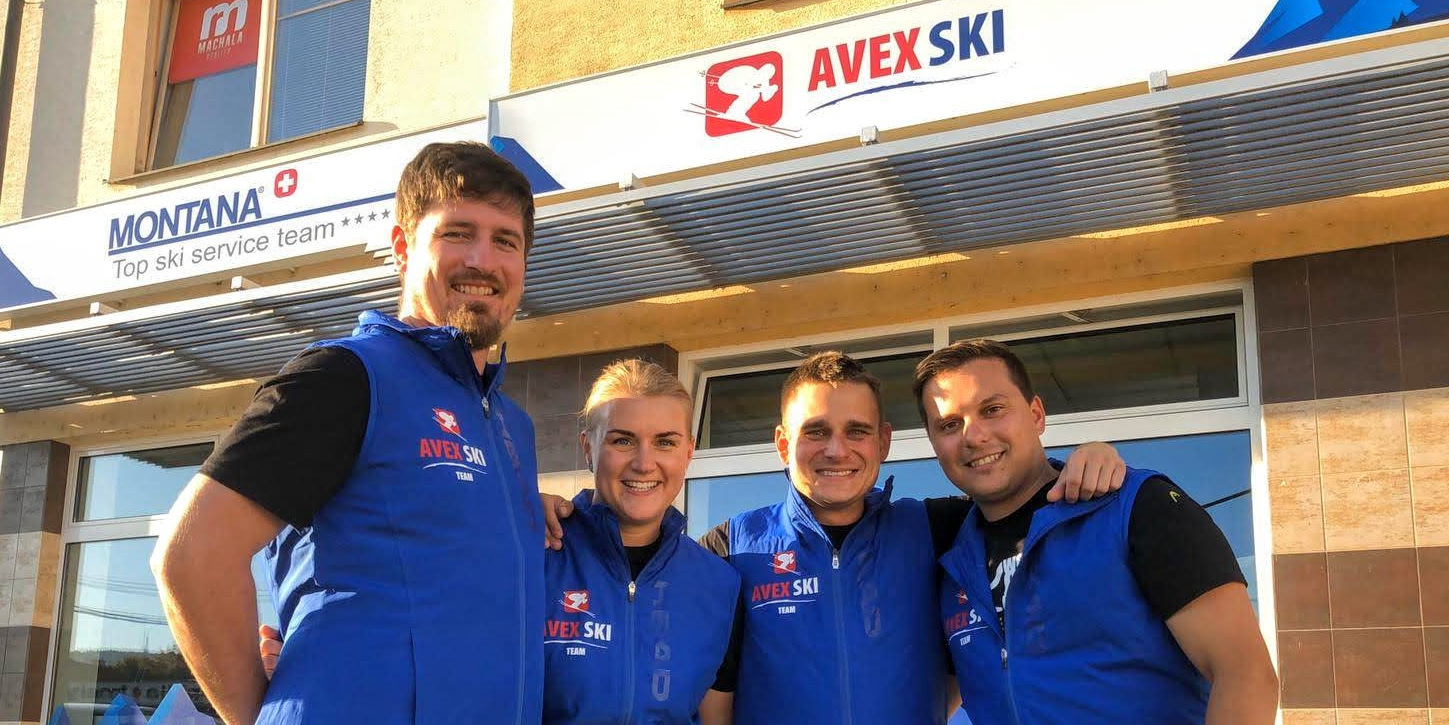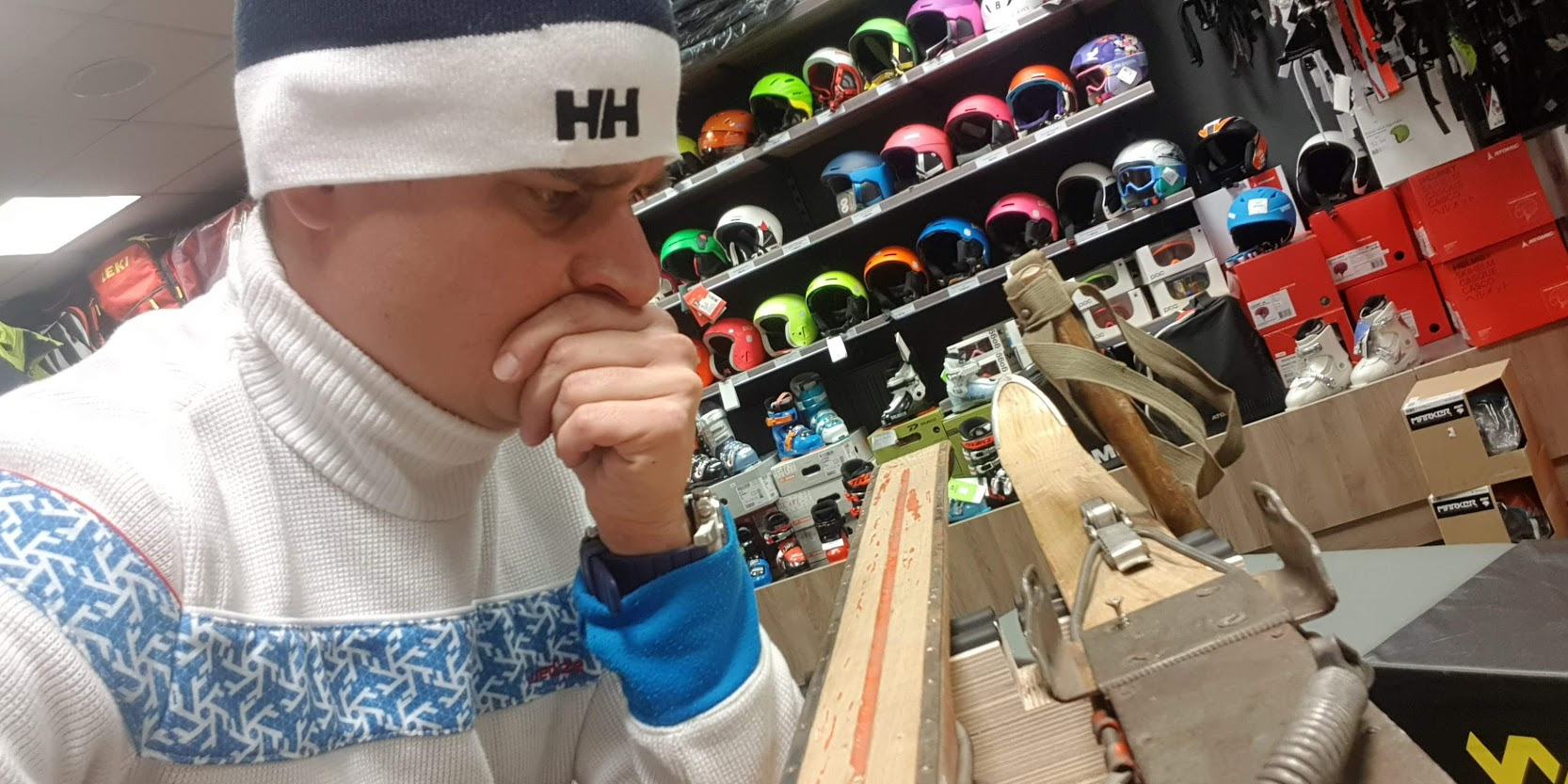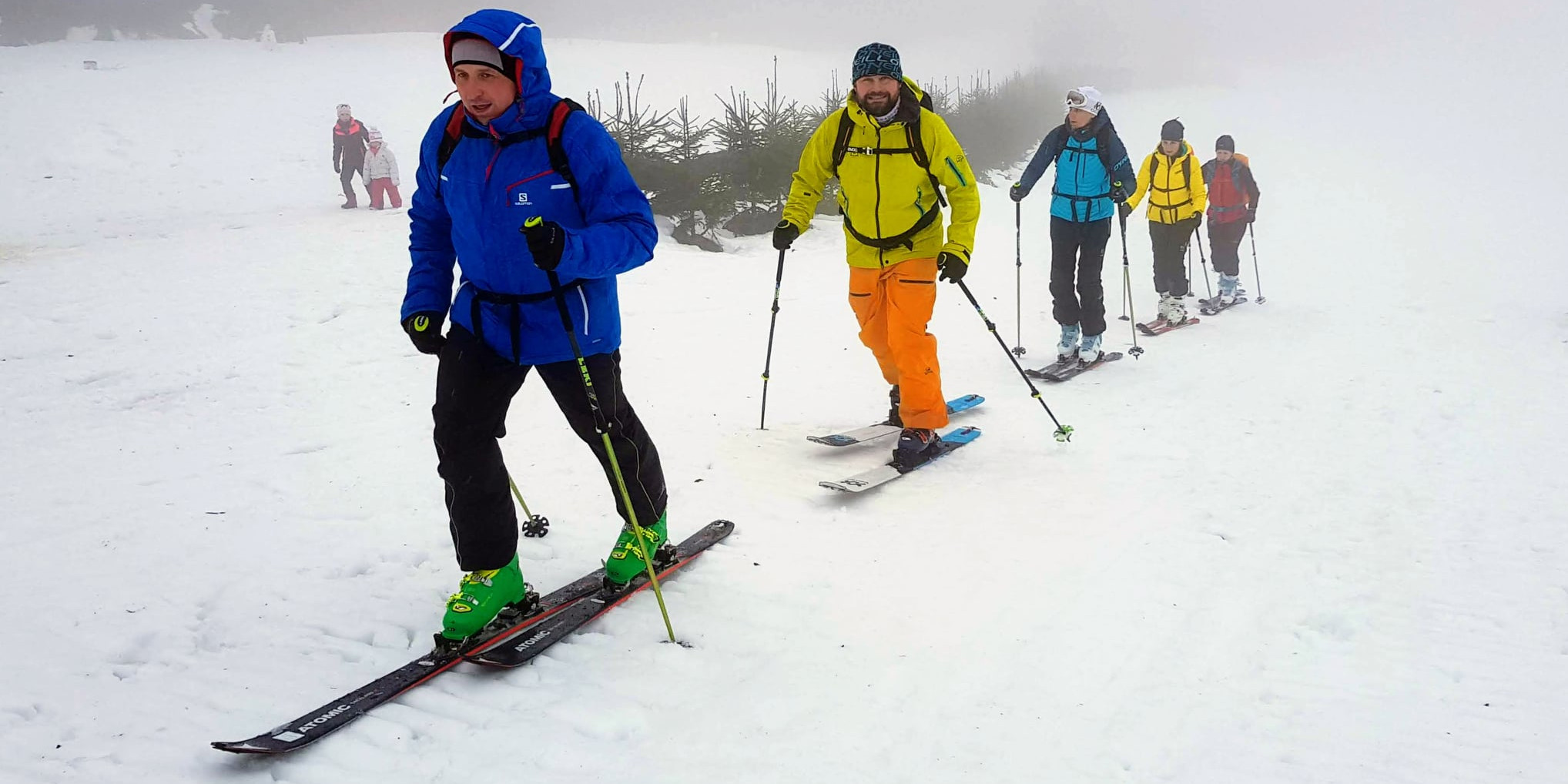ZLÍN – Just as there are rules for choosing downhill skis, it is not advisable to choose a snowboard thoughtlessly. If you don't choose correctly, you will experience more suffering on the slopes than joy from riding. Many aspects play a role. Whether you are a beginner or an advanced rider, but also what style is close to you.

Beginners choose the All-mountain category
Simply put, snowboards can be classified into two basic groups – “all-mountain” and “freestyle”. In fact, there are more, for example “freeride” or “carving”. All-mountain snowboards are designed for riding on slopes or in unprepared terrain. Freestyle is exclusively for riding in snow parks. It is designed so that you can do various tricks with the board. However, if you are just starting out with snowboarding, you should go for boards in the “all-mountain” category - regardless of whether you want to work your way up to jumps. First, you need to master the basics, and this type of snowboard is the best for that.
All-mountain snowboards are generally longer than freestyle snowboards and can be considered universal. You can ride them down the slope, free terrain and do a few jumps in the snow park. Freestyle snowboards are more specific. They are usually wider than other boards. Their shape (shorter tip and tail) makes it easier to rotate. The board is easier to control, which is quite an important feature for jumping and tricks.
For completeness, let's also mention that freeride snowboards are ideal for riding in powder, while carving snowboards are appreciated by lovers of aggressive and fast riding. However, they are so hard that if you wanted to jump on such a board, you wouldn't be able to do it very well.
Length and width are important
Once you know what type of board to choose, you should focus on its length and width. For downhill skiing, it is advisable to buy a snowboard that is 15 to 20 cm shorter than your height. The tip should reach somewhere between your chin and nose. Freestyle boards are better to take a little shorter, even 20 to 25 cm shorter than your height. And if you prefer to ride in deep snow off the piste, you can choose a bit longer. For example, 10 to 15 cm shorter than your height.
As for the width, the boot should not extend beyond the board by more than one or two centimeters at the tip and heel. If you have boots size 44 or larger, look for wider boards. They are marked with the word “wide”. The wrong width of the snowboard is a common mistake. And it will pay off on your first ride. Boots that extend too far will cause you to “tumble” in turns and you will always fall to the ground.
Hardness and shape
An important parameter is the stiffness of the board, or flex. A beginner should choose a softer board. It is easy to control, and it can also forgive some mistakes. However, if you intend to ride fast, you should choose a stiffer board. A high flex will hold you better on the edge and will also hold you on ice sheets. However, expect a slightly higher price than a softer board. When it comes to stiffness, also take your weight into account. Heavier people will be better suited to stiffer snowboards, while lighter people will be better suited to softer ones.
Last but not least, you can also look at the shape of the board. Snowboards labeled "directional" are more suitable for downhill skiing. They have a clearly defined tip and tail. The twintip shape is symmetrical and is ideal for fun riding. With this board, you will be able to do various tricks better.
You may think that choosing the right snowboard is a science. If you don't want to worry about it unnecessarily, come to AVEX SKI in Zlín. We will be happy to help you with your choice.

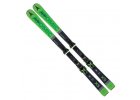
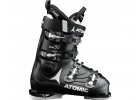
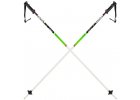
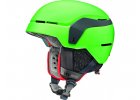
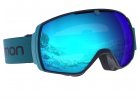
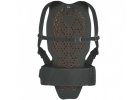
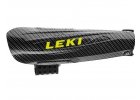
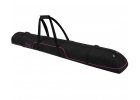
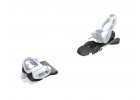
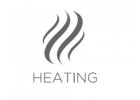
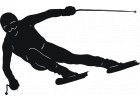
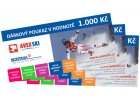
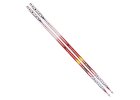
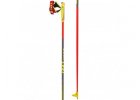
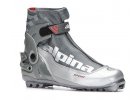
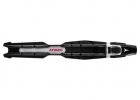
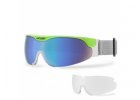
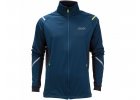
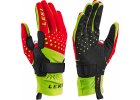
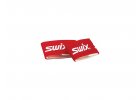
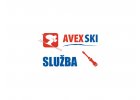
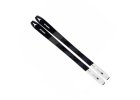
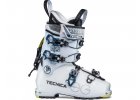
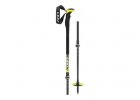
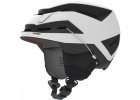
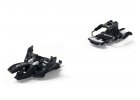
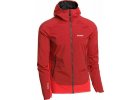
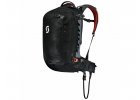
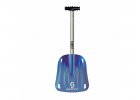
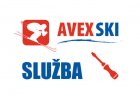
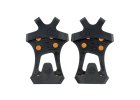
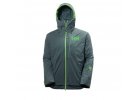
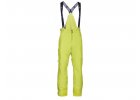
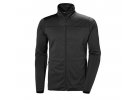
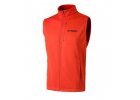
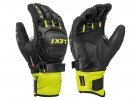
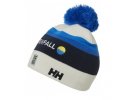
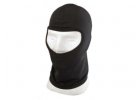
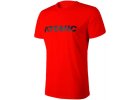
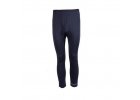
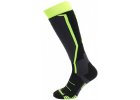
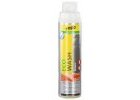
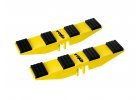
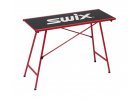
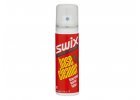
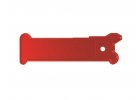
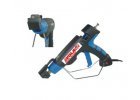

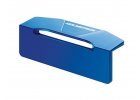
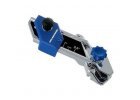
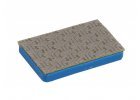
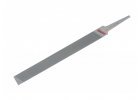
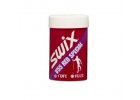
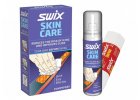
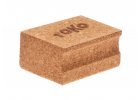
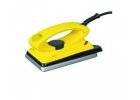
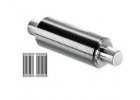
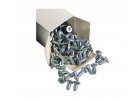
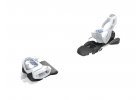

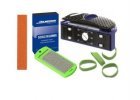
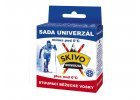
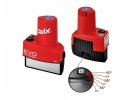

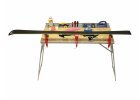
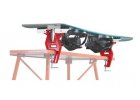



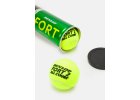

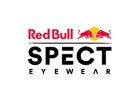
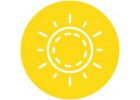
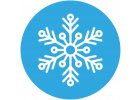
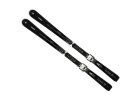
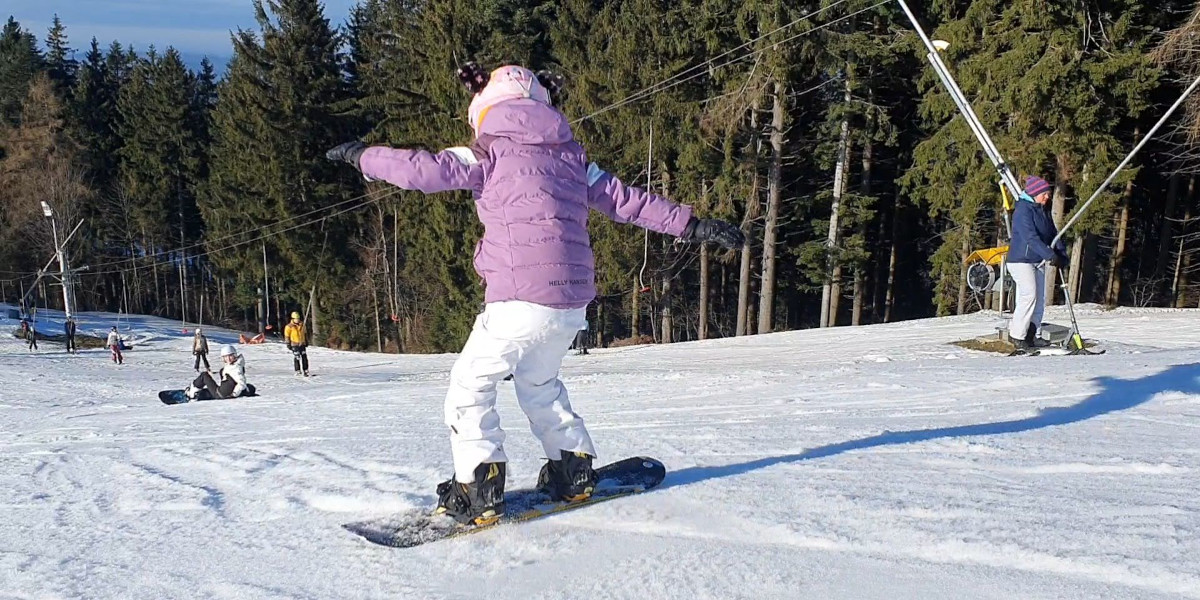
-4.jpg)
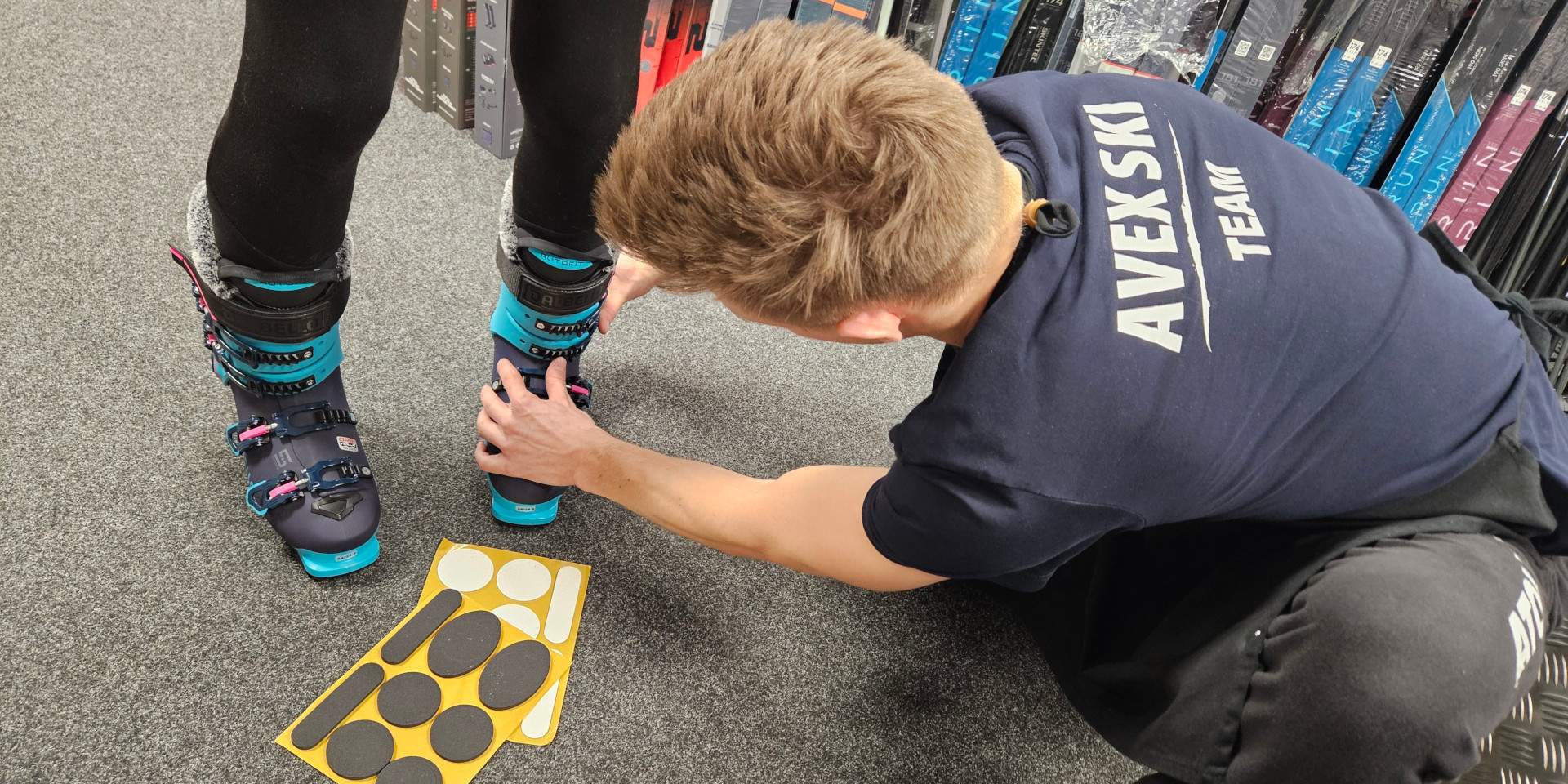
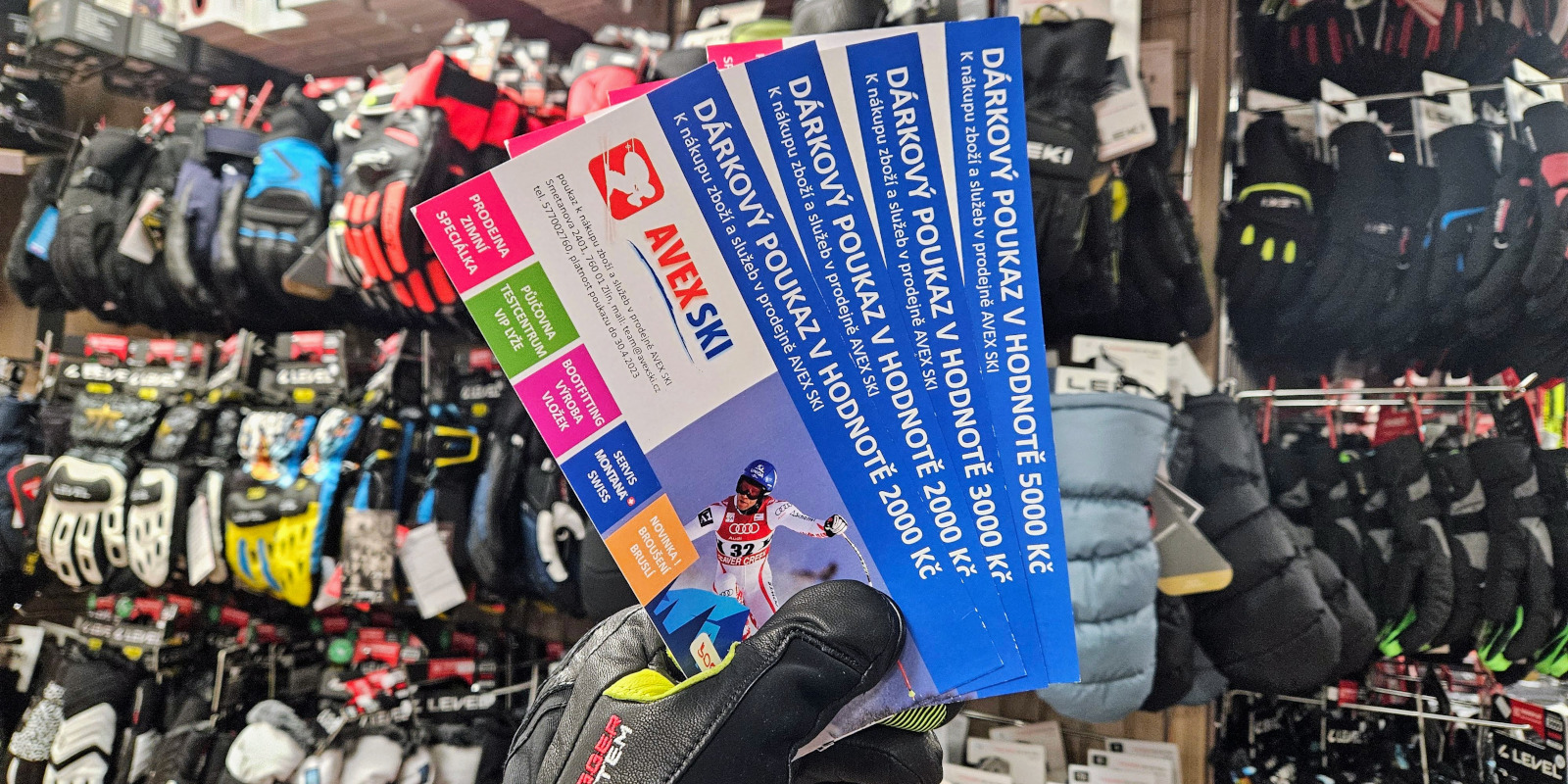
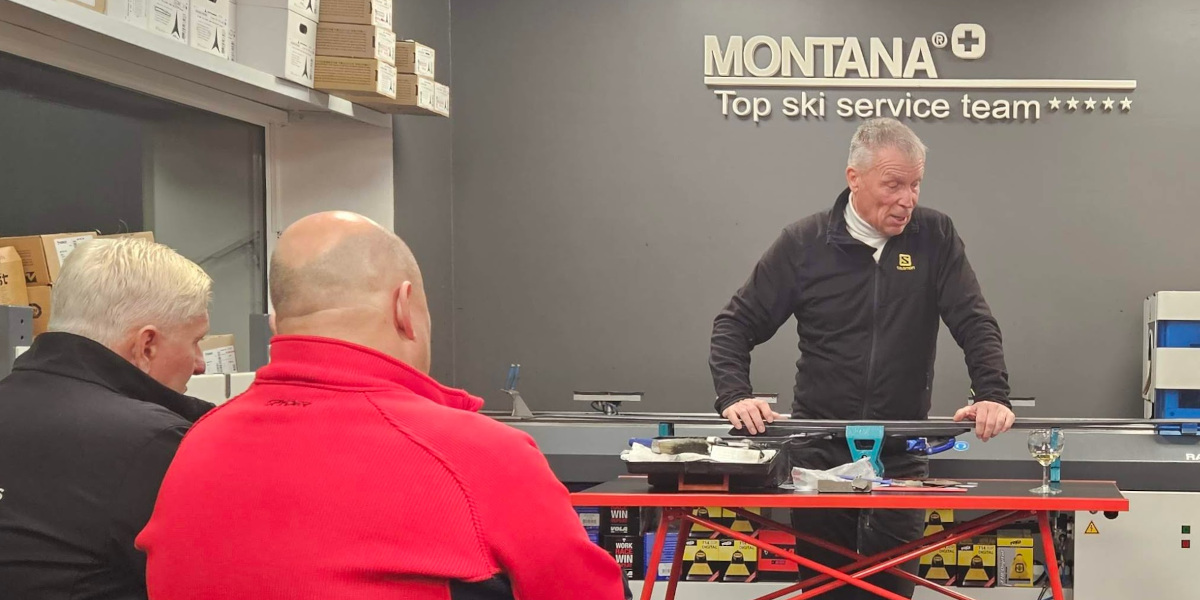
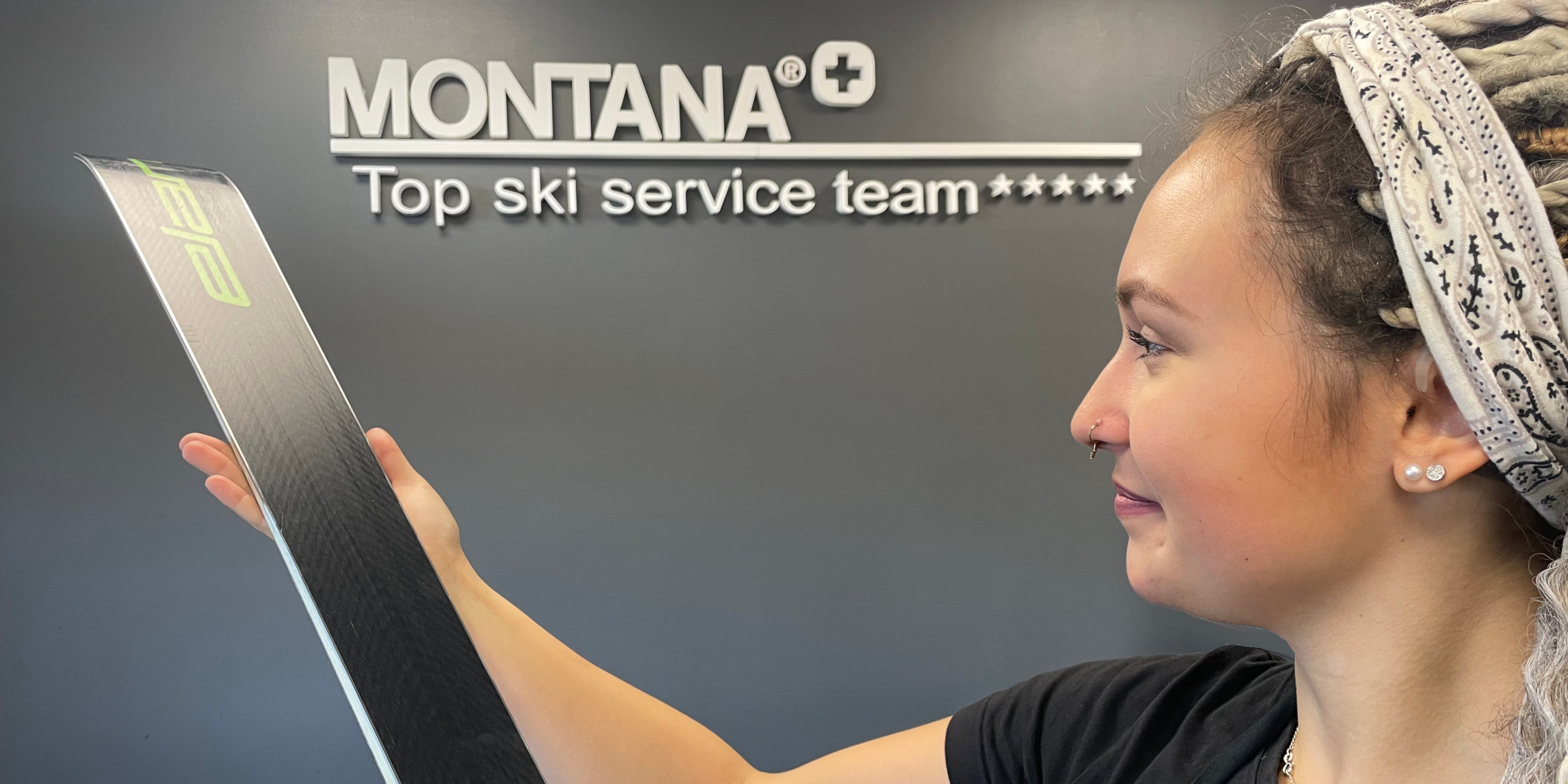
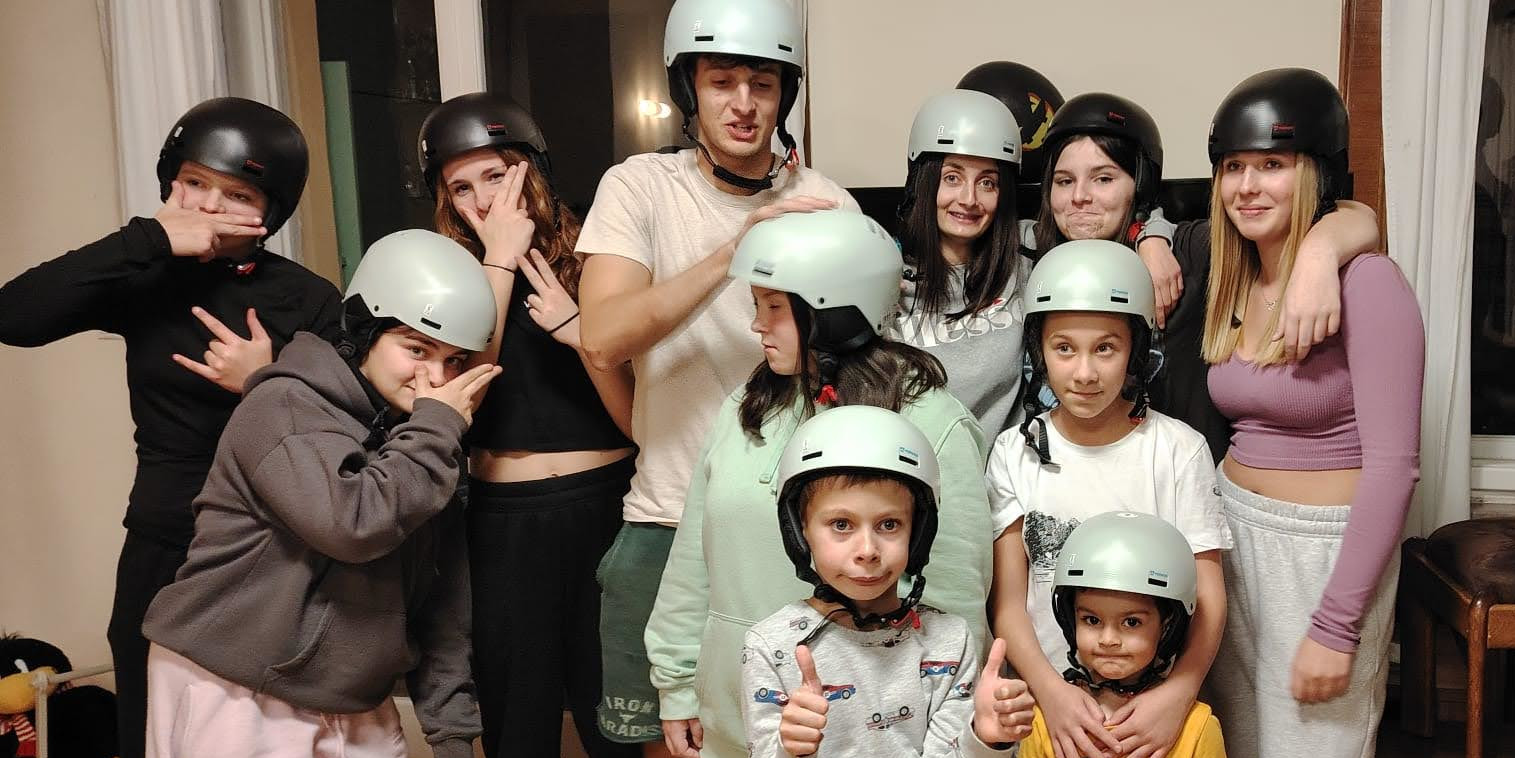
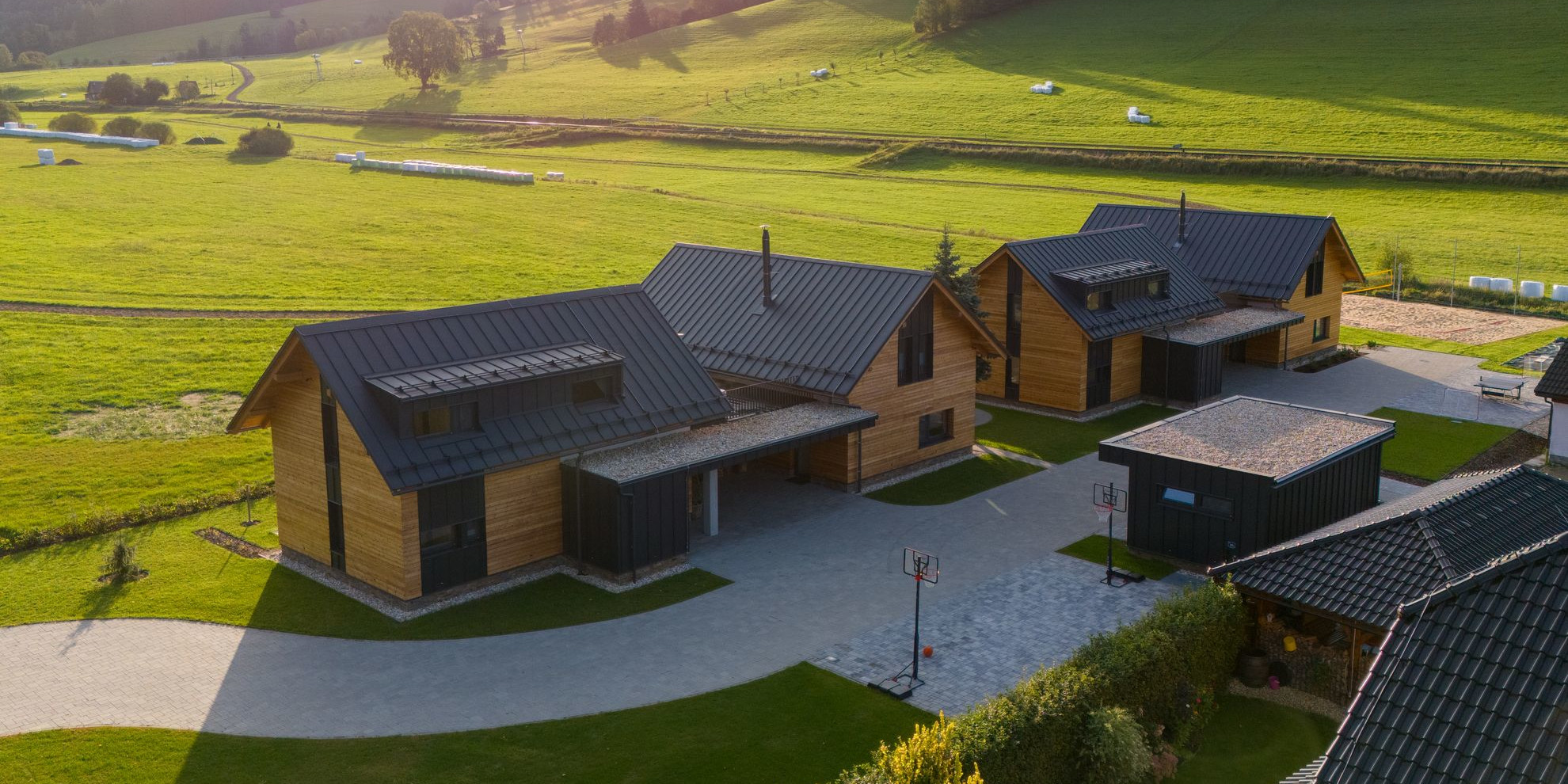
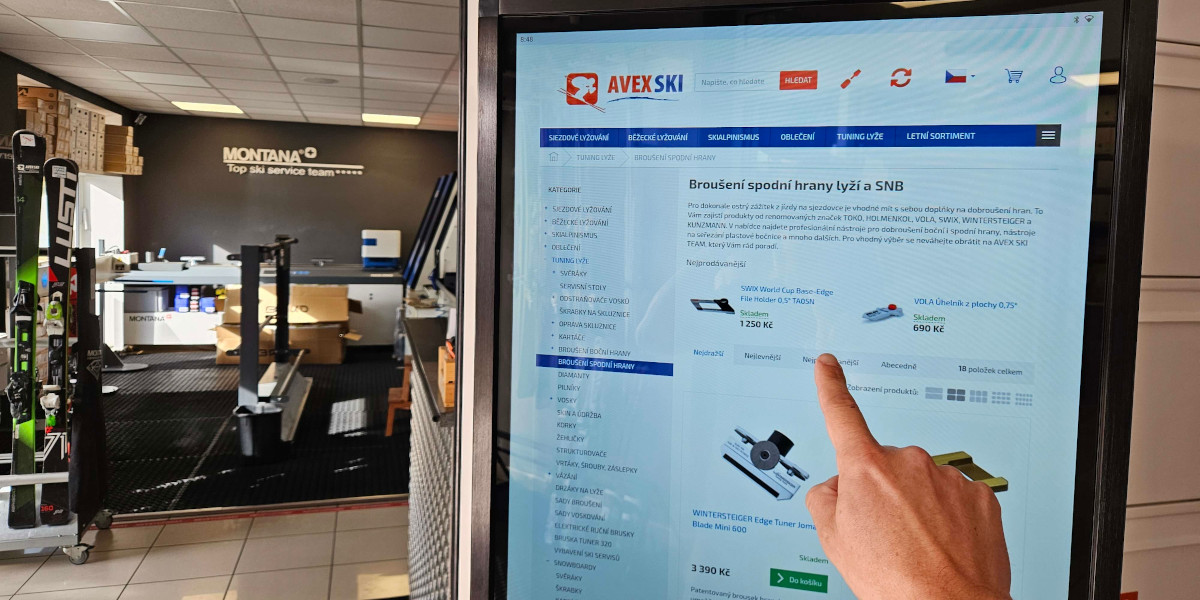
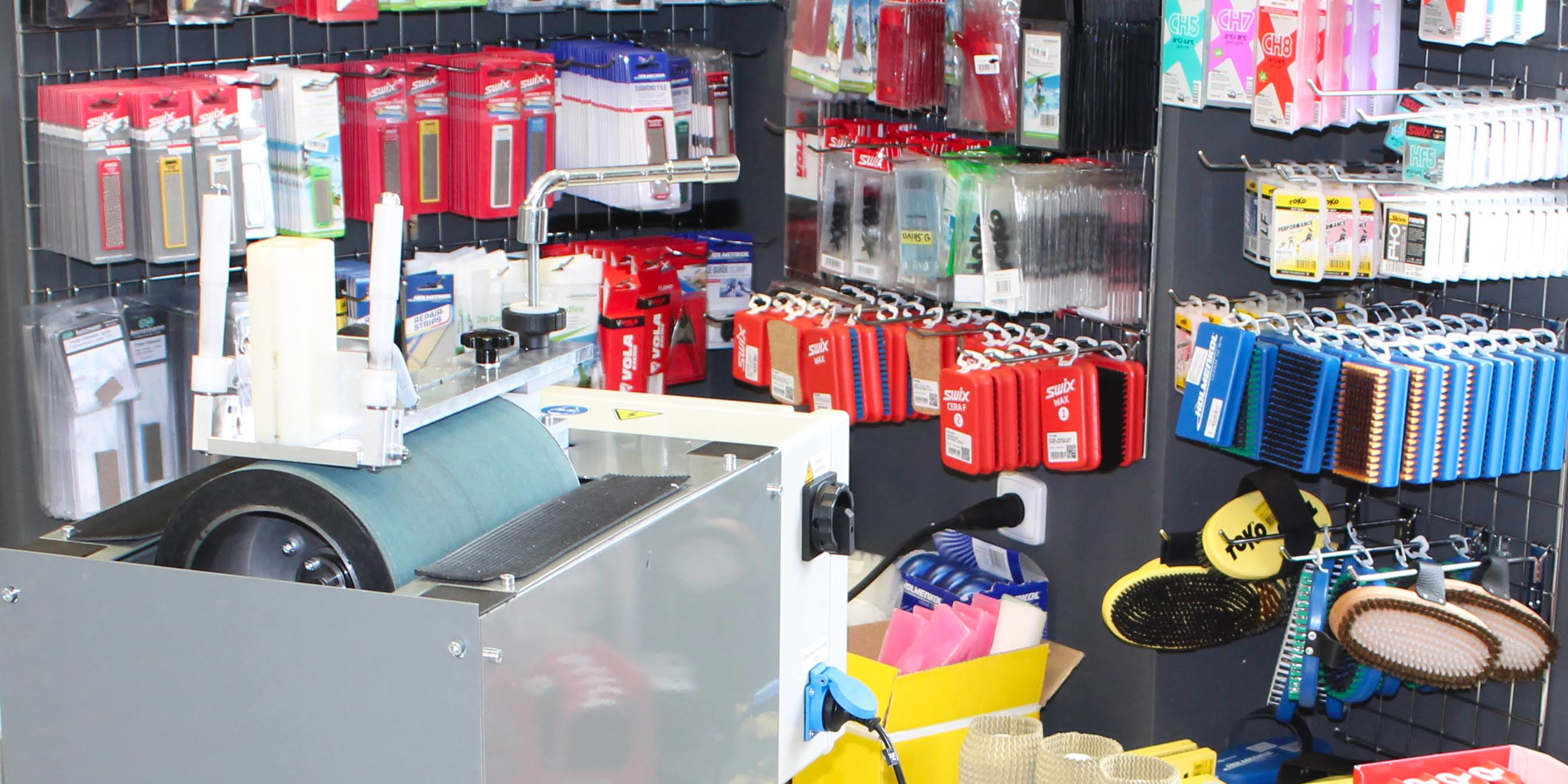
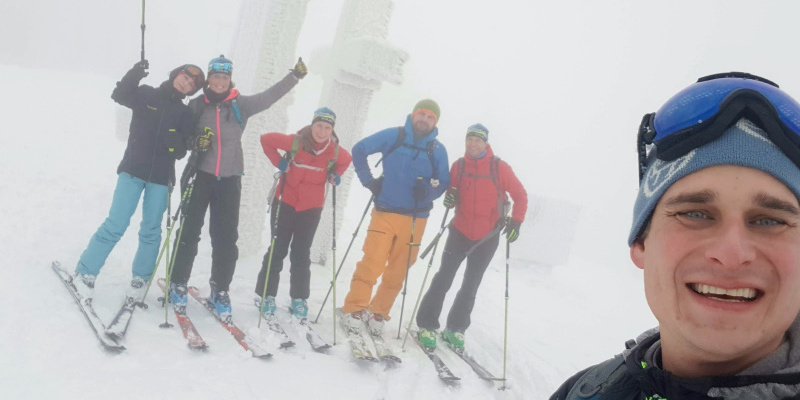
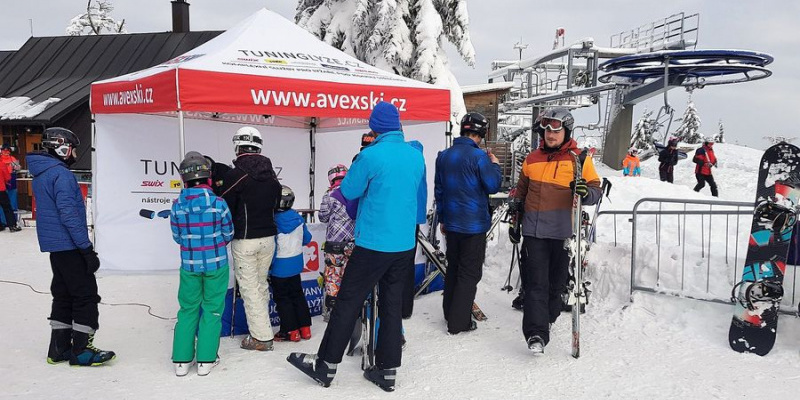
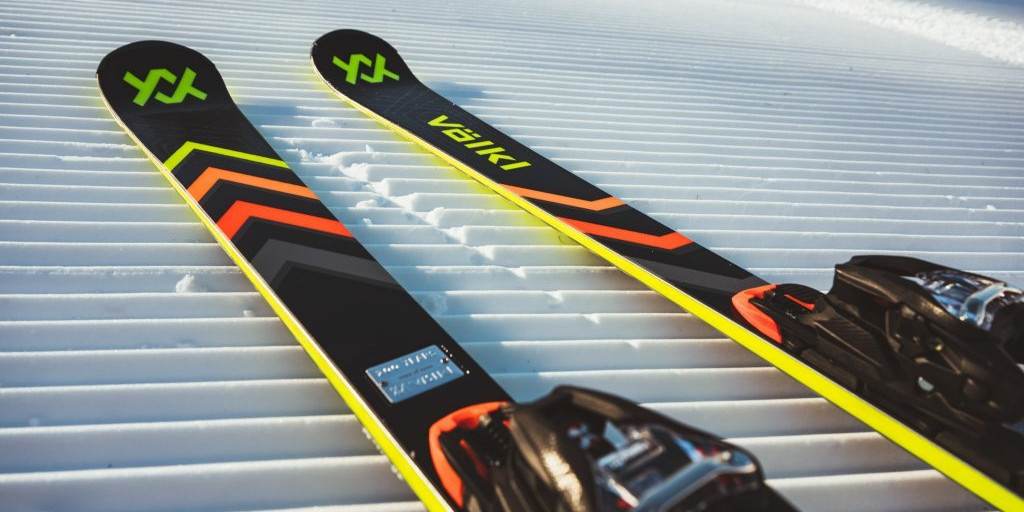
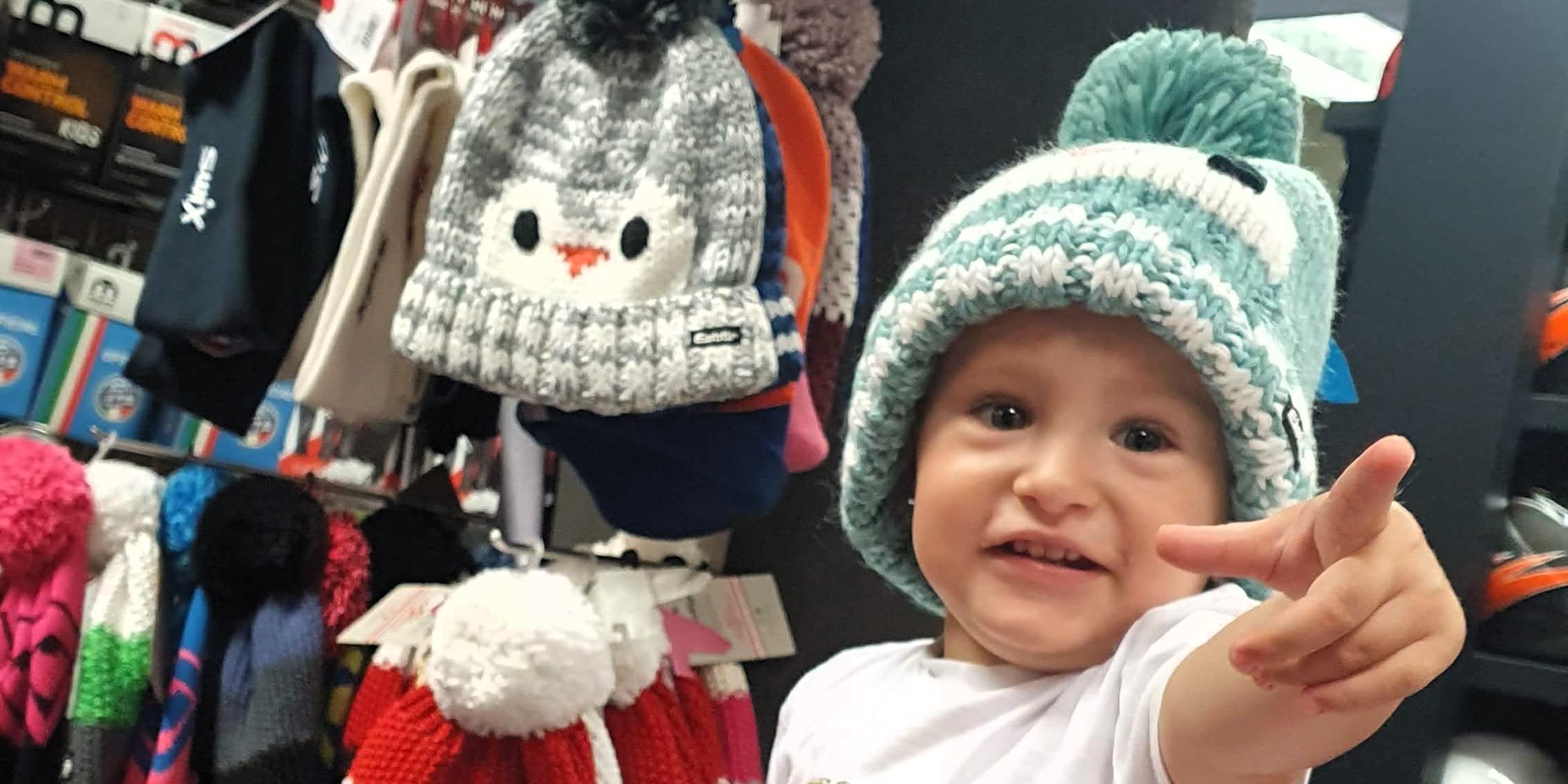
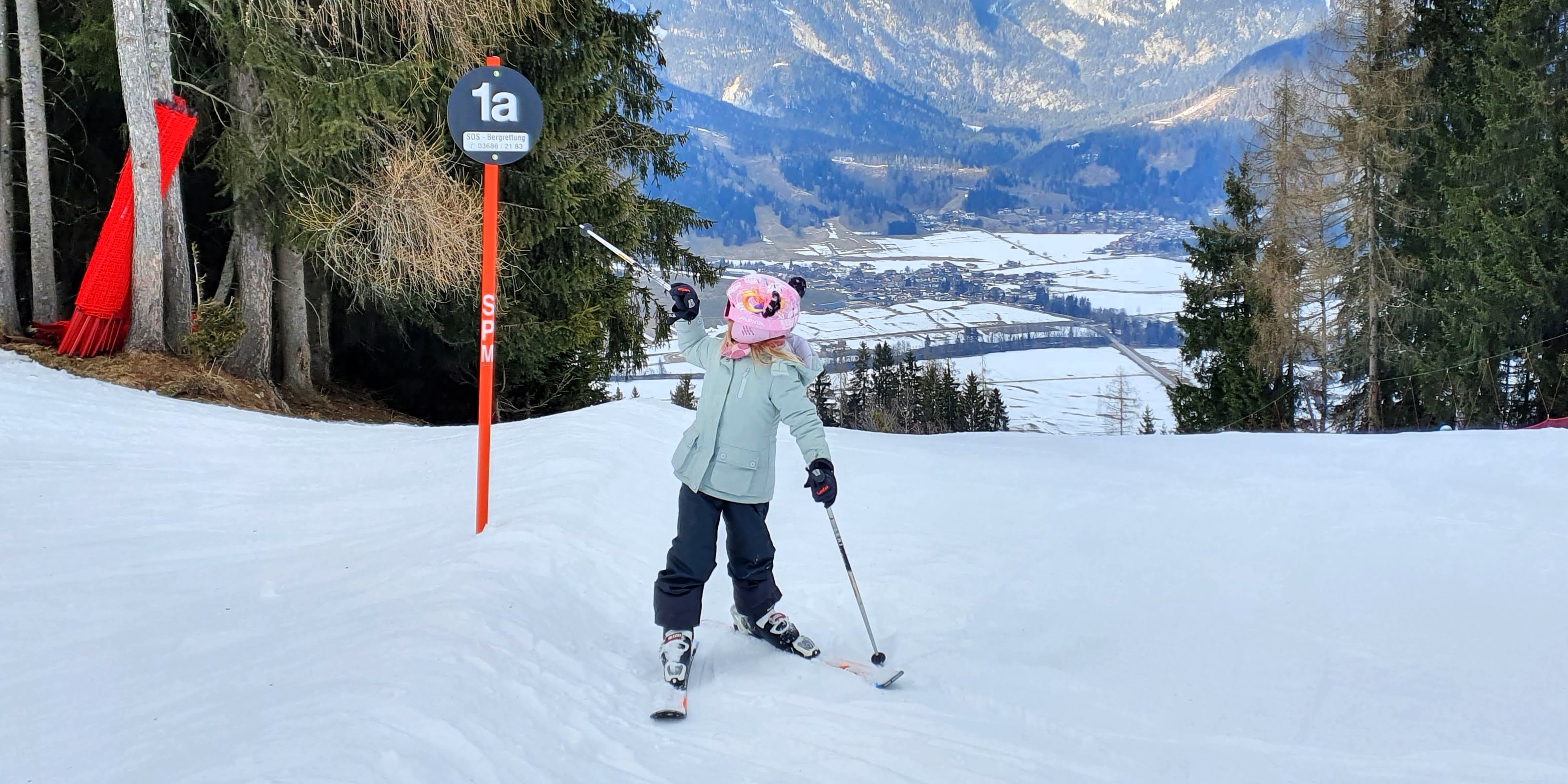
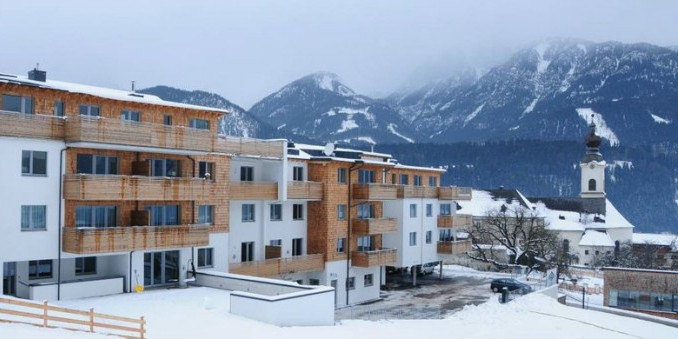
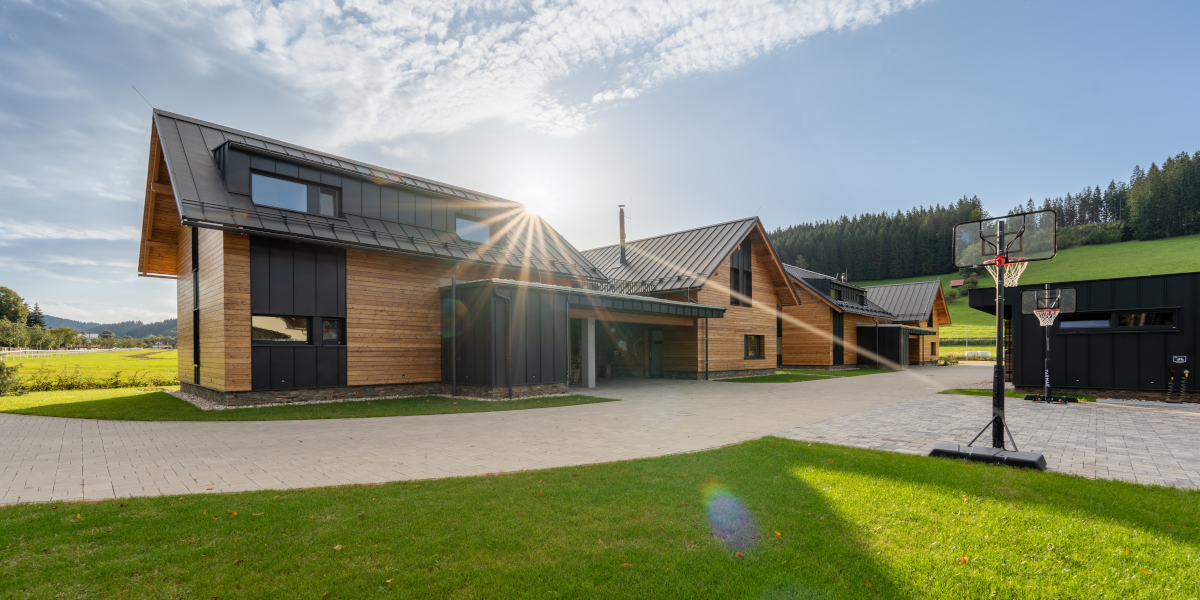
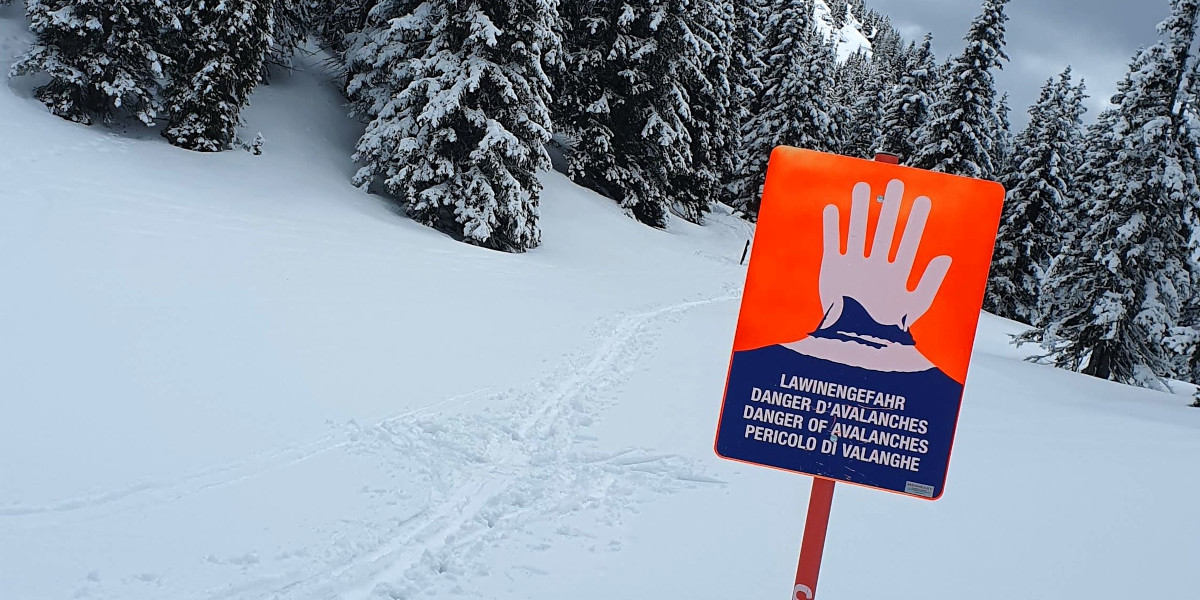
.jpg)
